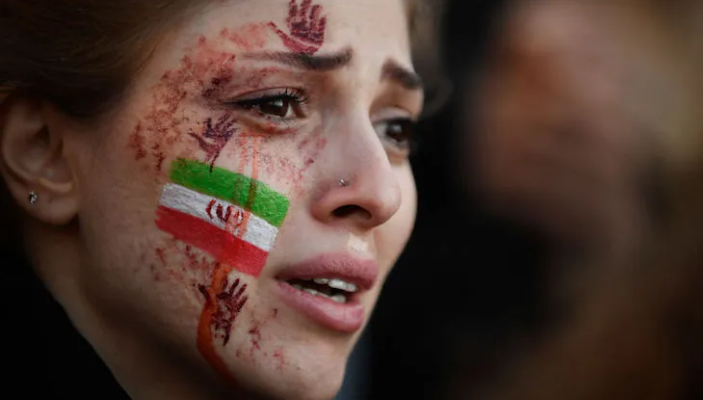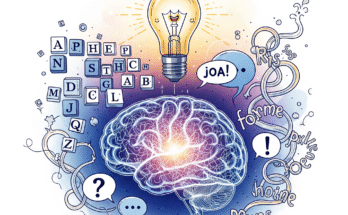Iran, historically known as Persia, holds a prominent place in global civilization. The Iranian people represent a mosaic of ethnicities, languages, and traditions shaped by thousands of years of rich history, empire, conflict, and intellectual advancement. Today, “Iranian” refers not only to citizenship but also to a broad cultural identity rooted in shared language, literature, art, and a deep sense of national heritage.
This article presents an in-depth, original look at Iranian people—focusing on their culture, history, values, and how their identity is preserved across generations.
What Defines the Iranian People?
Shared Identity Across Ethnic Lines
The term “Iranian” transcends ethnicity. While Persians form the majority, Iran is home to various ethnic groups, including Azeris, Kurds, Lurs, Balochs, Arabs, and Turkmen. Despite differences in language and local customs, what connects them is a shared historical narrative, strong cultural pride, and the Persian language (Farsi), which acts as a unifying thread in public life and national literature.
Language as a Cultural Pillar
Farsi, also called Persian, is more than a means of communication—it’s a vessel of philosophy, poetry, and political thought. From Ferdowsi’s Shahnameh to the works of Hafez and Rumi, language has been central to Iranian culture. Even among minority groups who speak different mother tongues, Persian remains a symbol of intellectual and cultural unity.
Historical Roots That Still Resonate
Ancient Civilizations and Empire
The Iranian plateau has been a cradle of civilization since at least 3000 BCE. The Achaemenid Empire (550–330 BCE), under Cyrus the Great, introduced principles of governance, religious tolerance, and infrastructure development. These early achievements continue to inform Iranian identity today.
Influence of Islam and Dynastic Eras
The Arab conquest of Persia in the 7th century brought Islam, which transformed Iranian culture but did not erase pre-Islamic heritage. The Safavid dynasty (16th–18th centuries) established Shia Islam as the state religion, shaping modern Iran’s religious identity. Yet, Zoroastrian elements and Persian cultural traditions persisted and merged with Islamic values, creating a unique religious and cultural blend.
Values That Shape Daily Life
Family and Social Bonds
Family is central to Iranian life—often extending beyond the nuclear model to include grandparents, aunts, uncles, and cousins as active participants. Elders are respected, and social gatherings are frequent, especially around Nowruz (Persian New Year) and other national holidays.
Hospitality and Generosity
Iranian culture places a strong emphasis on ta’arof—a nuanced system of etiquette where politeness and humility guide social interactions. Guests are treated with honor, and food, especially traditional dishes like ghormeh sabzi or kebab, is a key part of hospitality.
Arts, Literature, and Creative Legacy
Poetry and Philosophy
Iranian literature is one of the oldest and richest in the world. Classical poets like Saadi, Hafez, and Rumi remain globally influential. Their verses offer reflections on love, morality, divinity, and political justice. Iranian children grow up memorizing poetry, which plays a living role in both everyday conversation and deep introspection.
Architecture and Visual Expression
Iranian art is distinguished by detailed miniature painting, intricate tile work, and symmetrical architecture. Mosques, palaces, and gardens reflect a balance of mathematical precision and spiritual aspiration. Cities like Isfahan and Shiraz are living museums of Persian art and design.
The Iranian Diaspora
Migration and Global Presence
Following political upheavals, particularly the 1979 Islamic Revolution, many Iranians emigrated to countries like the U.S., Canada, Germany, and the U.K. The diaspora now plays a significant role in preserving Iranian identity abroad, often blending tradition with new cultural influences. Iranian communities abroad maintain ties through language schools, Persian cultural centers, and national celebrations.
Representation and Misconceptions
Iranians abroad often face challenges of being misrepresented due to geopolitical tensions. However, the diaspora has produced globally respected scientists, artists, engineers, and human rights advocates who showcase the depth and diversity of Iranian contributions to the world.
Contemporary Iranian Society
Modernization and Tradition
Iran today is a complex blend of modern aspirations and traditional values. Urban centers like Tehran are tech-savvy and fashion-forward, while rural areas may still reflect older customs. Many young Iranians navigate these dual identities with creativity, often using social media, art, and start-ups to push cultural conversations forward.
Education and Intellectual Life
Iran boasts one of the highest literacy rates in the region and a strong emphasis on education, particularly in engineering, medicine, and literature. University entrance exams are highly competitive, and Iranian students are among the top performers internationally in STEM fields.
Religion and Spiritual Practice
Shia Islam as a National Element
Iran is a majority Shia Muslim country, which influences its laws, calendar, and public life. However, Iran’s spiritual landscape is diverse—home to Baha’is, Christians, Jews, and Zoroastrians, among others. Despite legal and social restrictions, these communities contribute to the broader Iranian story.
Private Faith and Public Life
In Iranian society, personal belief is often nuanced and private. While religious expression may be publicly regulated, many Iranians observe faith through family rituals, poetry, and ethical living rather than political alignment.
Iran’s Global Perception and Its People
Cultural vs. Political Narratives
Much of the international view of Iran is shaped by politics, sanctions, and headlines. However, this often obscures the vibrant, educated, and culturally rich society that exists beyond the headlines. Iranian people have historically shown resilience, creativity, and a profound connection to their heritage.
Building Bridges Through Culture
From Persian cuisine and cinema to classical music and contemporary art, Iranian culture is increasingly recognized worldwide. Artists and filmmakers like Abbas Kiarostami and Asghar Farhadi have brought global attention to the human stories behind the country’s borders.
Conclusion
Being Iranian is not a simple matter of geography or nationality—it is a layered identity shaped by history, language, art, and shared values. Whether in the bazaars of Tabriz, the poetry salons of Shiraz, or a Persian New Year gathering in Los Angeles, the essence of being Iranian continues to evolve while holding fast to its roots.
Iranian identity is dynamic but deeply grounded. It’s reflected in both the quiet traditions of home and the bold expressions of its people on the world stage.




